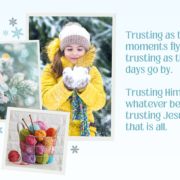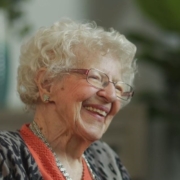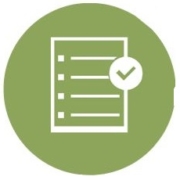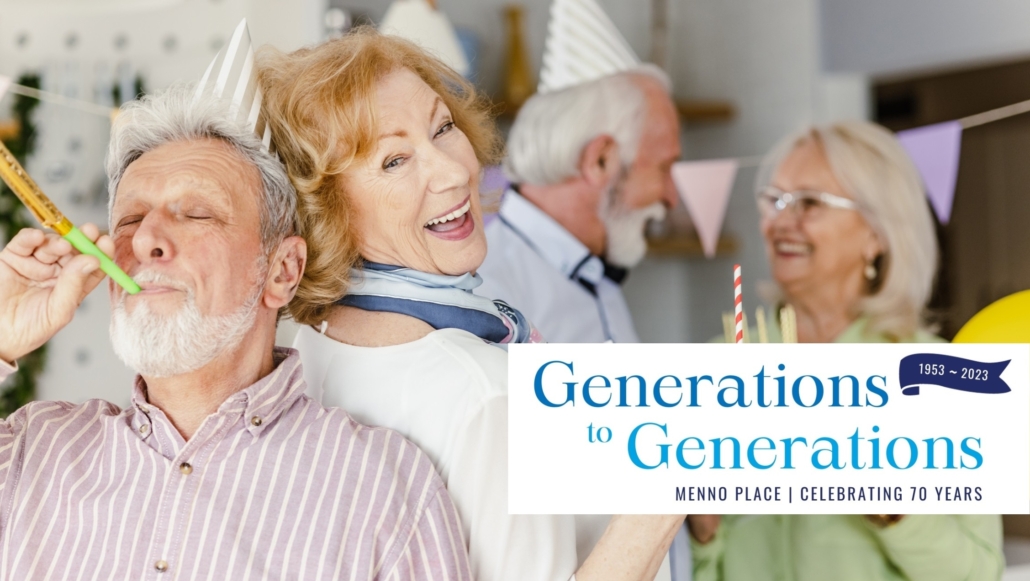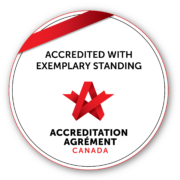‘Tis the season to celebrate, and for many of us that involves gift-giving. We want to share a few reminders with all of you about Menno Place policies.
GIFTS FOR STAFF
If you wish to give a gift to the staff, here are some guidelines:
- Gifts must be able to be shared by all the staff (e.g. chocolates, cards, pizza lunch, flowers).
- Do not offer an individual staff member a gift as they are not permitted to accept it.
- Financial gifts (cash/gift cards) to individual staff members are NOT allowed to be received.
If residents wish to make a financial contribution to Menno Place, donations to the Mennonite Benevolent Society can be made at reception (charitable donation receipts available).
FUNDRAISING
There is to be NO fundraising, solicitation of gifts, or request for money at Menno Place (whether from or by residents or staff). There should never be any obligation or social pressure to make a financial contribution. Fundraising is NOT allowed at Menno Place (unless Menno Place announces and endorses an official project; this will be clearly communicated through a memo).
FRAUD AWARENESS
At this time of year, unsavory people are often more active in trying to get money and information from our residents. Please remind your loved ones to be very careful with whom they share any personal information (such as banking information, birthdate, social insurance number) when receiving random phone calls. It is doubtful that a resident will receive a phone call from the CRA about an overdue account, from Amazon about a compromised credit card, or from a stranger asking for funds to help a grandchild get out of jail. If a resident gets a call like this, it’s best to hang up and initiate a call to CRA or their financial institution or their grandchild. This way you know you can be sure they are speaking with the right person.
If your resident is suspicious or feel you may be a victim of fraud, please contact the Seniors Abuse & Information Line 1-866-437-1940 or a trusted family member. A helpful brochure with more information can be downloaded by clicking here.
Thank you for being so kind to our staff and wanting to honour them at this time of the year. It means so much to us. By sharing the gifts, all our staff feel your appreciation.
On behalf of all of us who work at Menno Place, thank you for making this place so special. We appreciate you very much. We want to wish you a Merry Christmas and many blessings for the new year ahead. Stay safe and thank you for choosing to live at Menno.



